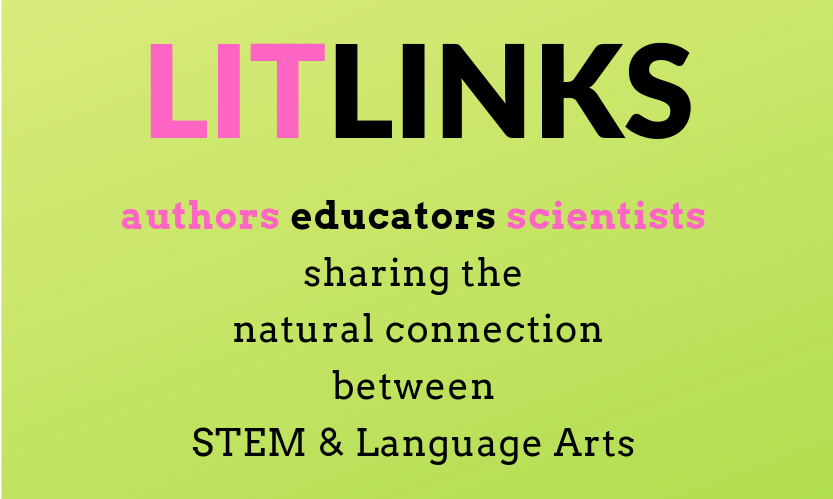
GUEST BLOGGER LAURA PERDEW
Animals have all sorts of amazing adaptations that allow them to find food, move, withstand the elements, stay safe, and survive in their environment. When we introduce students to animal adaptations, camouflage is often a great place to start. Another simple example is how some animals hibernate or migrate in the wintertime. Once students understand the basics, it’s time to dive deeper!
Stink Fights, Earwax and Other Marvelous Mammal Adaptations explores some of the stranger (and funnier!) ways mammals adapted to their environment. This book is a launching point for discussions about adaptations and a catalyst to discover other marvelous mammal adaptations. It also provides an opportunity for research, writing, and observation.
Pre-reading vocabulary
Introduce students to the key vocabulary terms habitat, mammal, and adaptation.
- Discuss with students what they know about habitats. Ask for examples of different habitats.
- Define mammal. Create a quick list of mammals. Discuss that there are over 6,000 different species of mammals living on Earth today, and most look and act differently from one another.
- Introduce (or review) the concept of adaptation. Have students share plant or animal adaptation examples they already know.
Post reading discussion
Take a minute to discuss what you read as a class. What were students’ favorite adaptations? Which adaptations surprised them the most? What questions do students have about an animal or adaptations?
Activity 1: Observing adaptations
- Take students outside to an outdoor, natural place if possible (but even in urban settings, there are critters to observe!). Have them sit quietly, apart from one another (or in pairs), with paper and pen.
- Instruct students to be on the lookout for an animal that interests them – could be mammals, but also birds, insects, etc.
- Once they choose something, have them write the name of the animal on their paper.
- Students should take a few minutes to observe their animal. What do they notice about it? Write down their observations – this could include how it moves, what it looks like, where they see it, what it’s doing, what it is eating, etc., using strong, descriptive verbs and adjectives, or even similes.
- Ask students to sketch their animal.
- Ask students to identify and list adaptations of this animal. Back indoors, students can share what they found and perhaps do further research on their animal.
Activity 2: Discover other marvelous mammal adaptations
- Students will need access to research materials or the internet to discover other fun mammal adaptations. Have each student spend time researching a mammal that interests them and that mammal’s adaptations.
- Have them create an illustration with text, similar to each spread in the book. Their illustration and text should highlight the adaptation(s) they found using clear, descriptive word choice.
- Display the illustrations around the room as a museum. Allow students time to visit each “exhibit.”
Activity 3: Compare and contrast
- Prepare photos of five different sets of mammals from the same order or family (for example, pair a polar bear and a giant panda bear; a sea otter and a skunk; a giraffe and a mountain goat; a beaver and a squirrel; or an Arctic fox and a dingo). NOTE: this activity can be done in stations (each one with a different set of pictures) with students rotating through each station.
- Discuss that these mammals may be closely related but they have different adaptations.
- Have students compare and contrast the adaptations of each pair of mammals. Some of this will require background knowledge, but it can be an opportunity for students to do some light research too. Or, each photo can be accompanied by basic background information about each mammal.
Further reading and resources
- This book is part of a series! There are four other books about adaptations, one for birds, reptiles, amphibians, and fish.
- Visit my website for printable lesson plans as well as classroom guides for each book at www.lauraperdew.com.
Featured image: “star-nosed-mole-3” by gordonramsaysubmissions is licensed under CC BY 2.0

Laura Perdew is a mom, author, writing consultant, and former middle school teacher. Her passion for nature, the environment, and environmental issues not only led her to move to Colorado decades ago, but also steered her toward writing for children. She writes both fiction and nonfiction for kids, including over 40 books for the education market. One of those, Biodiversity: Explore the Diversity of Life on Earth (Nomad Press, 2019) is on the Booklist editor’s list of the Top 10 Books on the Environment & Sustainability for Youth 2020; this title also earned a starred review from Booklist. Her first fiction picture book is The Fort (Page Street Kids, 2020). She lives, plays, and writes in Boulder, Colorado.
- Website: www.lauraperdew.com
- Twitter: @lmperdew
- Facebook: @authorLauraPerdew
- Instagram: @authorlaurap


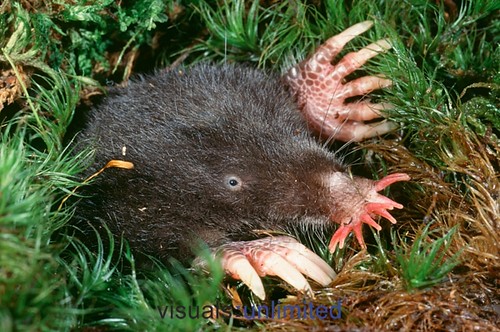

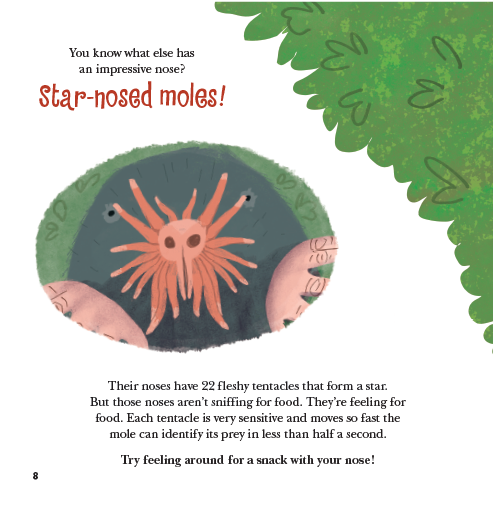
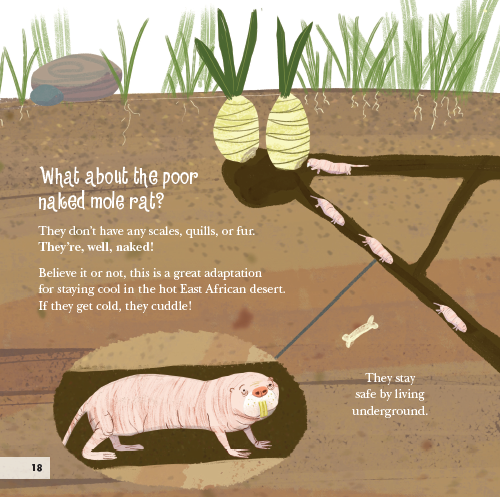





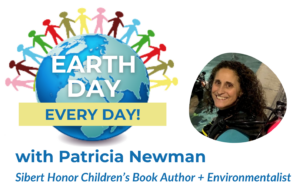
Leave a Reply
Your email is safe with me.